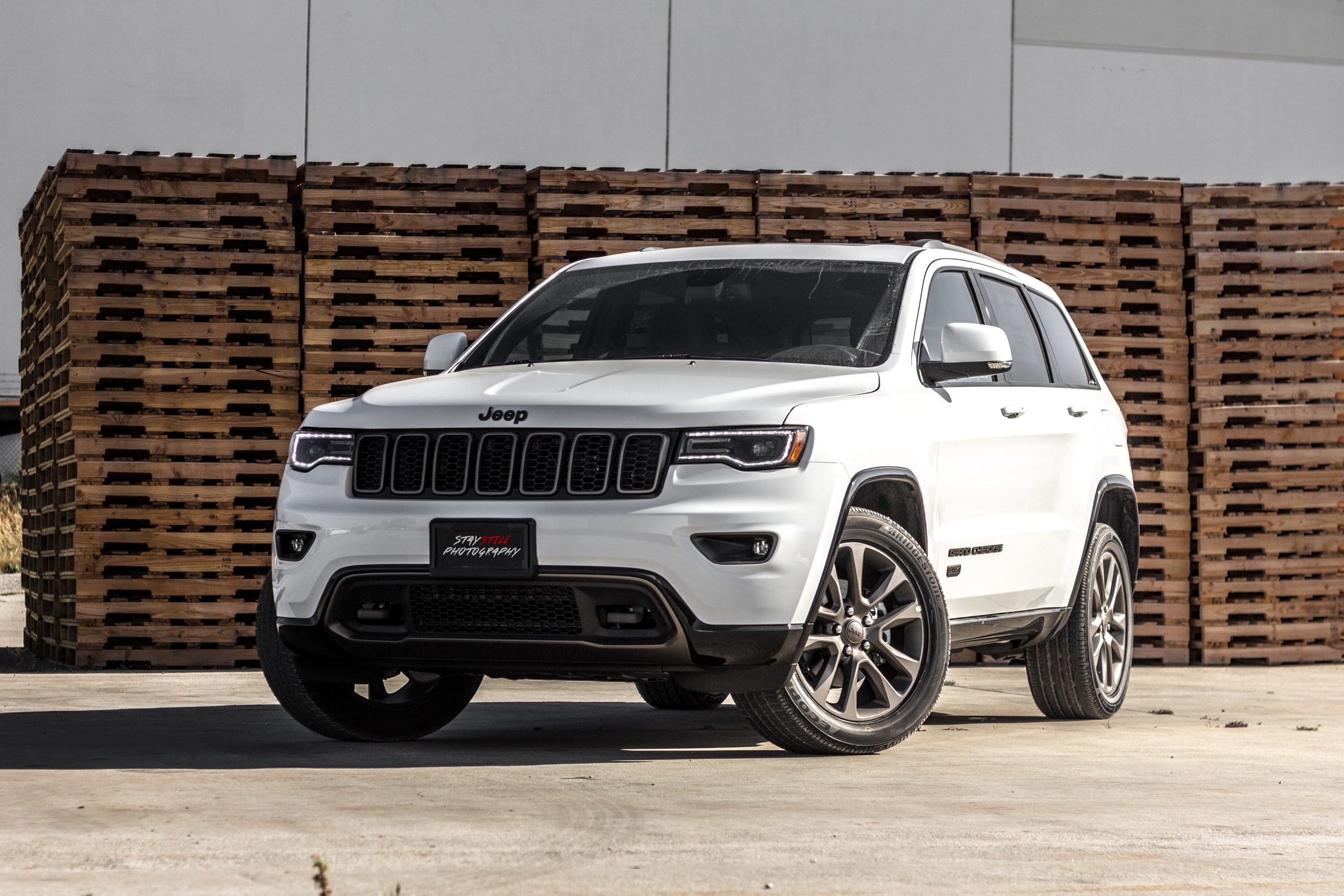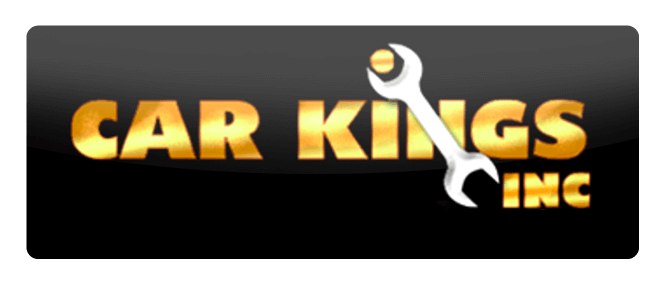

If you are in the market for a used vehicle, take a few minutes to read this blog. With used vehicle inventory lower than ever, and prices skyrocketing, it is even more important now to be equipped with the knowledge and know-how to navigate a used vehicle purchase.
In this month’s blog, we provide advice on purchasing a used vehicle. If you do your homework, and conduct due diligence in the process, you will find yourself owning a vehicle that will meet your needs and hopefully be trouble free and not broken down on the side of the road immediately after the check has cleared.
Do your research:
Prior to purchasing a used vehicle, make sure to do your research and have a plan in place to inspect the vehicle when you are ready to take a test drive.
- Read online reviews about the vehicle year, make and model. There is a lot of information online from drivers about their experiences with a certain type of vehicle. It is helpful to start here because you may learn about common problems with that type of vehicle and then be able to question that when you are discussing the purchase with the seller. For example, if transmission problems are common with a specific type of vehicle, you will be more alert to possible problems when inspecting the vehicle or taking a test drive.
- Check the service records. Whether you are planning to purchase from an individual or a dealership, they should be able to produce a service history for you. That may be a detailed history of the maintenance, or even invoices or bills that show any small and large service to the vehicle.
- Check the vehicle history. There are services online that act as a clearinghouse of information for vehicles and their service histories. CARFAX is a popular service that can give you the entire history of a vehicle, including any repairs from accidents. This service uses the VIN (vehicle identification number), which is unique to every vehicle.
- Meet with the seller for an inspection and test drive. A test drive and full inspection is your best bet to making sure you are purchasing a vehicle that is not hiding serious problems. One of the most important things to remember with a test drive and inspection is to do it during the day. You will want to see the vehicle clearly, inside, and out. There are many online resources that provide a checklist of test drive and inspection items to consider. Search for a comprehensive checklist, print it, and bring it along with you for the test drive and inspection. You may forget to inspect many small things during the test drive, so a printed checklist can ensure that you cover all pertinent items. You will want to examine and test interior components, engine components, and of course, the exterior features of the vehicle. Finally, make sure to be safe by meeting the vehicle seller (if an individual) in a public setting. Never go alone.
- Consider asking for a service professional inspection. If you are serious about making a good investment, you may want to ask your service professional to come along with you, or even have them inspect the vehicle in their shop. This will be at the discretion of the seller, but this has become more standard for buyers and is not an unreasonable request. If the vehicle is being sold through a dealership, then they may be able to provide you with a copy of a certified inspection and a listing of any issues.
If you do your homework and approach the used vehicle purchase patiently, you will make a better decision in the end. Making good decisions is always an art and a science. Make the science work in your favor by being adequately armed with the right information and then trust your gut in the final decision-making.
If you would like to get some assistance in the purchase process, give the service professionals at Car Kings a call. We will be happy to talk with you about your purchase plans and come up with solutions to assist you.
